Harrisons Garden Calendar
There were no entries found for this month
The Flower Garden - January
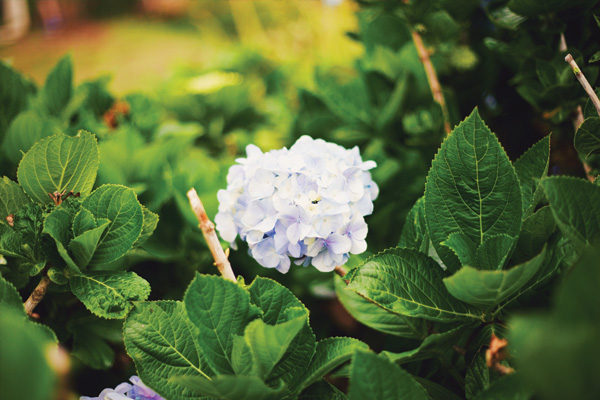
-
Fill gaps in the garden with instant potted colour - Zinnias, Dahlias, Marigolds, Salvias, and Petunias will all flower on for some time yet.
-
Zinnias are great for providing summer colour. They also attract butterflies, bees, and birds to your garden.
-
Plant Gazanias and Arctotis in drier, sunny spots of the garden for masses of bright colour during the hotter months.
-
Keep dead heading flowering plants including roses - this will encourage more flowers to develop.
-
When picking roses cut a reasonably long stem, making your cut just above an outward facing bud.
-
Feed roses now with Rose food - this will encourage more flowers and growth to harden before the first frosts.
-
It is now time to plant the first of the spring flowering bulbs - Anemone and Ranunculus.
-
In warmer climates Hibiscus will be in full show. These respond well to plants food high in potash, such as citrus fertiliser. Remember to water well after feeding;
The Edible Garden - January
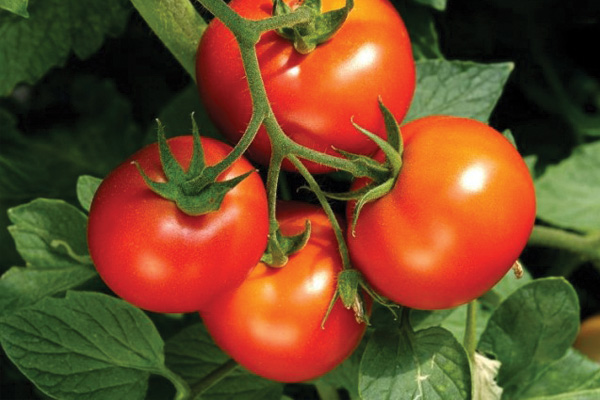
-
Regularly harvest quick producing crops this month. Courgettes, cucumbers, gherkins, beans, peas all need checking and picking on a daily basis. This will keep your veges young and sweet and stop them getting too big! It will also encourage plants to keep on producing for many more weeks.
-
Control white butterfly caterpillars with Derris Dust.
-
Continually plant crops of quick growing summer veges such as lettuce, beetroot, radishes, silver beet, bok choy. Now is also a good time to plant seedlings of the first of the autumn/winter veges - cabbage, cauliflower, leeks, spinach.
-
Keep feeding the summer garden. Liquid feed around tomatoes and peppers with liquid tomato food or iCan Fast Food liquid plant food. Give leafy veges like lettuce, silverbeet, a side dressing of 'Sulphate of Ammonia' to kick them along.
-
Continue to water regularly, especially if the summer is dry. Remember a good deep watering around the roots of the plants 2-3 times per week is more beneficial than a daily light sprinkling.
-
Adding compost and other organic material to the soil helps retain moisture as well as conditioning the soil.
-
Check fruit trees for brown rot and blackspot and spray with ‘Fungus Fighter’ if these are prevalent.
-
Tomatoes will be ripening now. Thin out foliage around lower parts of the plants to allow light in and air around the fruit. This will speed up ripening and help keep diseases at bay.
-
Garlic and onions can be lifted now and laid out to dry.
-
Harvest new potatoes as flowering finishes.
-
Collect herbs for drying or making pesto and freezing.
Recipe - Basil Pesto

Into the food processor put;
- 2 packed cups of basil leaves
- 2 large cloves garlic, peeled and sliced
- ¾ cup olive oil
- ¼ cup fresh parmesan
- ¼ cup toasted pine nuts
- Salt and Pepper
Blend all together – freeze in ice cube trays, then pack free flow in bags in freezer to use as required.
The Flower Garden - February
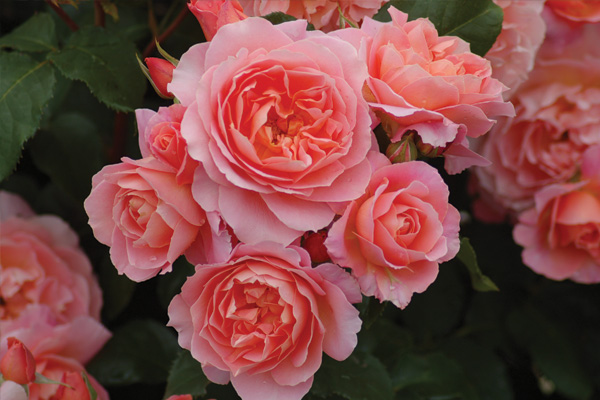
- February is bulb planting month. Daffodils, Freesias, Ixias, Anemones, Sparaxis, Ranunculus can all be planted now, in pots or directly into the garden. When planting in the garden incorporate some Bulb Food into the soil around each bulb. In pots mix in some controlled release fertiliser such as Osmocote or Acticote. As a rule of thumb the bigger the bulb the deeper you plant it - about twice as deep as the size of the bulb.
- Towards the end of the month start thinking about preparing pots and baskets for their winter displays. Start with fresh container mix, adding in some extra controlled release fertiliser. Seedlings of Alyssum, Lobelia, Pansy, Primulas, Viola will all be available this month to get you started.
- Trim back the long tendrils on Wisteria and other climbing plants that have finished flowering.
- Continue to dead head roses, perennials and annuals as the flowers finish. This will help prolong flowering into the autumn.
- In this drier period small thrip insects thrive. They especially like Fuchsias, Camellias, Rhododendrons, Azaleas, Photinias, and Gladioli. Spray with Yates Mavrik or Confidor to control these and other insect pests and diseases.
The Edible Garden - February

-
This is officially the last month of summer, but in warmer climates there’s still time to plant more lettuce seedlings that will continue providing a crop into Autumn.
-
Start thinking about the Autumn/Winter garden. As the summer crops are harvested dig over the soil, adding in compost and a dressing of lime, in preparation for winter crops.
-
You can now start planting out seedlings of cabbage, cauliflower, spinach, leeks, celery, Brussels sprouts.
-
Continue harvesting summer veges regularly. If you have powdery mildew on courgettes, cucumbers and pumpkins, this can be controlled with Yates Fungus Fighter, one of the new environmentally friendly products used to control plant disorders.
-
Sowing seeds is an economical and fun way to start off your winter vege garden. In February sow the following seeds - beetroot, carrots, parsnips, spring onion, and silver beet. Sow carrots and parsnips directly into the ground and thin as the leaves emerge. Other seeds can be sown in seed trays and planted out into the garden as young seedlings.
-
Keep an eye out for white butterfly caterpillars and dust affected plants with derris dust.
-
Lift garlic and onions and lie out in the sun to dry.
The Flower Garden - March
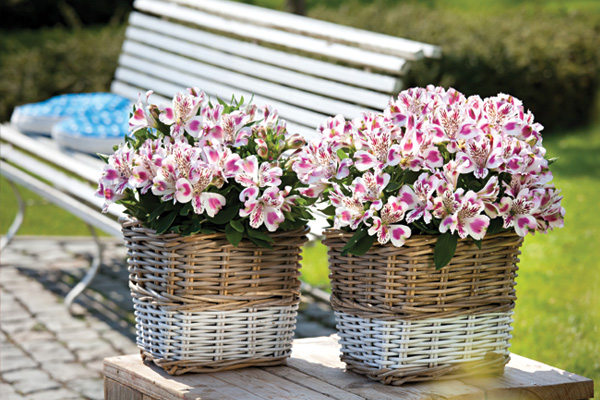
-
Keep planting spring flowering bulbs this month - you can start to plant tulips plus all the other favourites, including daffodils, freesias, crocus, Lachenalia, hyacinths.
-
Plant Hyacinth bulbs in pots or Hyacinth "Jars". Leave to grow outdoors - if you have them inside they will become leggy and soft. Once the bulbs start to flower in spring you can then bring them in to enjoy their colour and perfume in the house.
-
The flower garden can now be replanted with seedlings of Polyanthus, Primulas, Pansises, Stock, Calendula. Remember good preparation is the key to success - dig soil over, add compost and general garden fertiliser before planting.
-
A handful of dried blood around your polyanthus seedlings will do wonders for them.
-
Sow Sweet Pea seeds directly into the ground - traditionally before St Patrick's Day on the 17th. Soak seeds overnight to soften their hard skin and speed up germination.
-
In cooler areas this is good time to lift and divides perennials and replant fresh new pieces for next summer flowering.
-
Stop deadheading roses now and let hips develop for winter colour. Some rose food now will help new wood to harden before winter.
-
Freshen up pots and hanging baskets with potted colour pansies, violas, lobelia, and alyssum.
The Edible Garden - March

-
Some of the summer vege crops will be coming to an end this month. As they do, it is a perfect time to dig over the ground in preparation for new winter crops. Add in organic compost and follow with a dressing of garden lime. Do this several weeks before fertilising and planting new seedlings.
-
In colder areas if you still have tomatoes on the vine, it is best to pick them and let them ripen on a sunny windowsill. This will stop early frosts splitting them!
-
Once soil has been prepared seedlings of cauliflower, broccoli, cabbage, Brussels sprouts, spinach and silver beet can be planted out.
-
Carrot and parsnip seeds can be sown directly into the garden. For a succession of other crops sow seeds of cabbage, broccoli, cauliflower, silverbeet in seed trays for planting out later in the season.
-
Any areas of the garden which are not going to have a winter crop can be sown with a green manure crop such as blue lupin or mustard. These crops can be dug in in early spring to provide structure and nutrients to the soil.
-
Feed Citrus plants this month - apply fertiliser out to the drip line of the tree and water in well afterwards.
-
Continue to feed the last of the summer veges with liquid food to get the best out of the late harvest.
The Flower Garden - April
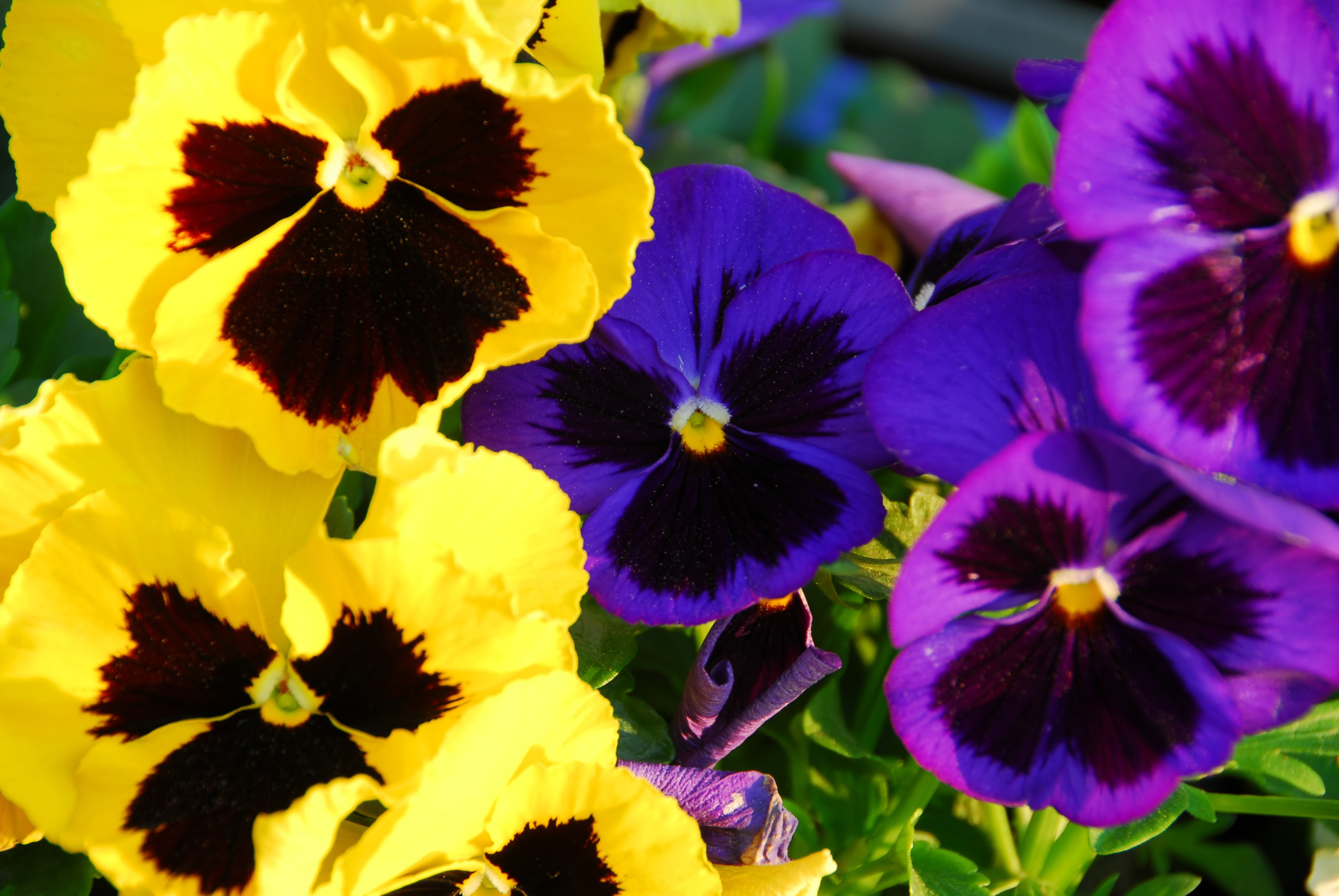
- Another busy month in the flower garden clearing up the last of the summer annuals and preparing ground and planting autumn/ winter varieties.
- This is really the last month for planting spring flowering bulbs. Mix bulb food into the soil when planting - this will get them off to a good start once the roots start developing.
- Lots of winter flowering shrubs and trees will start appearing in store this month - this is the ideal time to plant as it gives the plant time to establish and firm up in the ground before the onset of winter. Remember to stake tall trees when planting.
- Prune back shrubs and climbers that have finished flowering.
- Plant out Primulas, polyanthus, pansies, violas, cineraria, sweet pea, and stock.
- Plant up pots and containers for autumn and winter colour. Add slow release fertiliser to the potting mix and feed weekly with a liquid or soluble flowering plant food. A tub filled with pansies or polyanthus will look a picture and will flower for months.
The Edible Garden - April

- This month continues the tasks of March - harvesting the last of the summer vege crops and preparing the ground for autumn and winter crops.
- Be sure to store crops such as pumpkins, onions and potatoes in a cool dry place and check regularly to make sure no infections have set in.
- This is the time to sow broad bean seeds for late winter harvest. Broad beans are best picked when young and sweet and make a tasty addition to late winter meals. They like to be grown on a support structure, are easy to grow, and are heavy croppers.
- Winter lettuce can be planted now - be sure to choose winter varieties such as 'Winter Triumph'.
- Rhubarb crowns can be lifted, split, and re-planted into newly prepared soil. Rhubarb enjoys a food rich soil so add in lots of compost, sheep pellets, blood and bone, and top dress with general garden fertiliser.
- Harrisons will have bundles of bare rooted strawberry plants in stock now. This is the best time to plant. Prepare the soil well as for rhubarb and feed again in early spring.
- Sow sugar snap peas now.
- Continue planting seedlings of cabbage, cauliflower, leeks, spinach and silver beet.
- Fruit trees that have been harvested and are starting to shed their leaves can be given a clean-up with a copper spray - this will help kill off any overwintering fungus spores.
- This year’s deciduous fruit trees will be arriving in store this month - peaches, plums, nectarines, apples. Look for double or triple grafted trees and dwarf growing varieties which are ideal for small gardens and growing in containers.
The Flower Garden - May
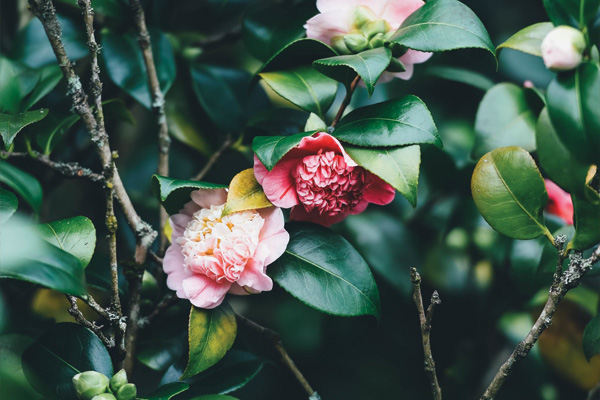
- Winter colour - plant out winter flowering annuals and potted colour now for great colour through the winter months.
- Potted colour varieties to look for this month include Pansies, Primulas, Polyanthus, and Cineraria.
- Plant seedlings of Alyssum, Kale, Stock, Calendulas, and Violas.
- Now is a good time to plant up winter hanging baskets and pots.
- Flowering Camellias - Sasanqua Camellias are coming into flower now.
- This is the perfect time to buy and plant - see the flowers and colours before you buy!
- Hedges and Shelter - give hedges a final trim and tidy up before winter.
- Plant out new hedges and shelter now - Corokia, Griselinia, Pittosporum, Buxus, Photinia, all make attractive, low maintenance hedges in the home garden.
- Fragrant Daphne - who can resist the heady perfume of a Daphne bush in full flower?
- Plant now and enjoy the fragrance by your front door or on your patio.
- Daphnes grow well in pots and containers.
- Look for Odora Rubra or Leucanthe.
The Edible Garden - May
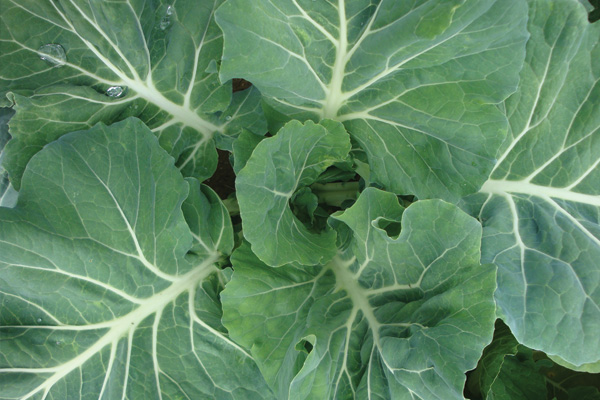
- Strawberries - Now's the time to be planting strawberries.
- Strawberries like good fertile soil so dig in lots of top quality compost before planting. A handful of Blood and Bone in the planting hole and a top dressing of general fertiliser will get them off to a flying start.
- Remember to water in well after planting.
- Strawberries look great in strawberry pots on the deck - easy picking in the summer!
- Vege Garden - still lots to do in the vegetable garden this month.
- Spinach, cabbage, winter lettuce, bok choy, should all be part of your winter garden.
- Broad beans are a great winter garden crop - plant seeds now into prepared soil. Provide some support as they do get reasonably tall (use twigs and small branches from your pruning in the garden).
- Broad beans are easy care and you will have delicious young beans in October / November.
- Shallots - sweeter than garlic, milder than onions. Great in stews and casseroles, or roasted whole. Shallots are easy to grow and take up little space in the garden.
- Rhubarb - Nothing beats the taste of home grown rhubarb with your muesli or weet-bix for breakfast!
- Rhubarb is planted by 'Crowns' which are available this month.
- Rhubarb plants are heavy feeders so dig in plenty of top quality compost at planting time and follow up with general garden fertiliser at regular intervals through the year.
The Flower Garden - June
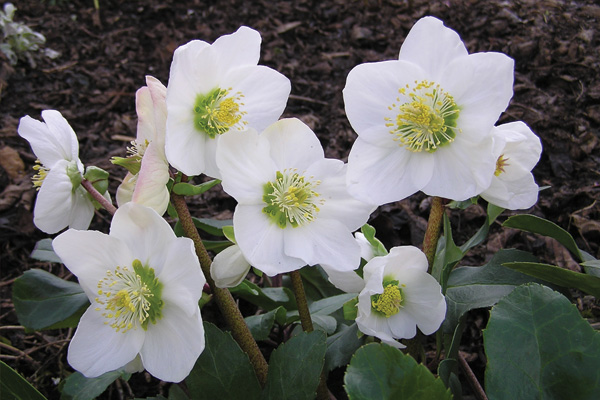
- Lift and divide large clumps of summer flowering perennials such as cannas, asters, phlox. Plant smaller fresh new pieces - these will quickly grow into large plants in spring and summer.
- The first of the new season's roses will appear in store this month. Remember good soil preparation is the key to healthy roses. Dig in plenty of compost and a measure of slow release plant food around the roots of each plant.
- This is a good month to shift any shrubs or small trees which you think are growing in the wrong place. Prune back first to keep top growth in proportion to the root ball. Firm in well in the new position and stake as necessary.
- Roses and hydrangeas can be pruned now. There is still time to plant lily bulbs for summer flowers.
- Plant seedlings of alyssum, pansy, poppy, polyanthus, primula, mini cyclamen, and lobelia
The Edible Garden - June
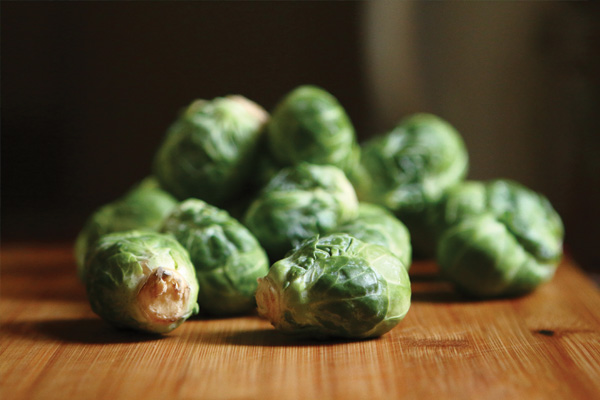
- June is the month for planting garlic. Plant on the shortest day and harvest on the longest day of the year
- Cabbage, cauliflower, brussels sprouts and other crops that are nearly ready for harvest will benefit from an application of Thrive soluble plant food now to ensure strong healthy vegetables.
- Continue to sow Broad Bean seeds.
- Shallots can also be planted out this month.
- This is still a good time to plant out bare rooted strawberry plants if you haven't already done so.
- Keep planting cabbage, cauliflower, spinach, silverbeet seedlings for continual late winter / early spring cropping.
- In well drained soils Asparagus crowns can now be planted
- This is a good month to plant citrus trees in warmer more temperate areas. Also other deciduous trees can still be planted this month.
- Spray existing fruit trees with a copper spray and conqueror oil to clean up any overwintering bugs and diseases so that spring growth will come out clean and healthy.
- Watch out for slugs and snails and put Quash or Baysol slug pellets around as necessary.
The Flower Garden - July
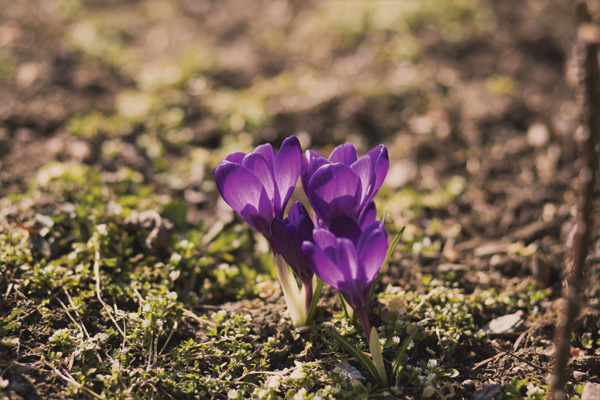
- Prune roses this month. Spray with Growsafe Freeflo Copper and Growsafe Enspray 99 to keep any scale, mites and fungus diseases under control.
- Fragrant Daphne and Boronia are a welcome addition to any garden and can be planted now.
- Feed spring flowering bulbs with Tui Bulb Food and liquid feed with Ican Fast Food as the leaves appear through the ground.
- Tuberous begonias, dahlias, gladioli, canna lilies will all appear in store this month. Prepare soil well with compost and general garden fertiliser and plant out the tubers and corms towards the end of the month.
- Sow seedlings of sweet pea, lobelia, pansies.
- This is a good month to choose and plant camellias - they will be in flower making it easier to pick the colours you like.
- Spring flowering trees can be planted now - flowering cherries, crab apples, and maples for their gorgeous spring foliage
The Edible Garden - July
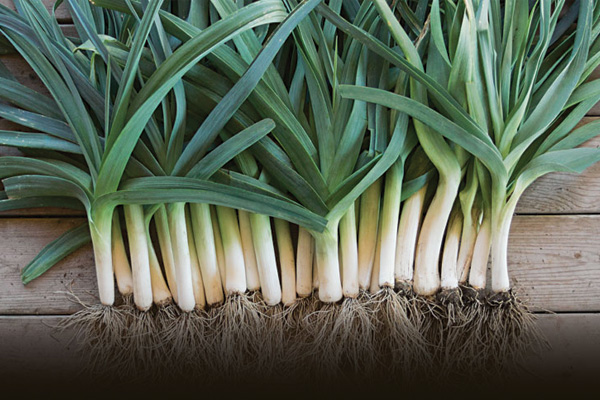
- Although we are in the middle of winter it's time to be thinking about spring! First thing to consider is getting the ground ready. Except in very wet or boggy soils you can now start to turn over any patches of garden that have left un-planted. This is a good time to dig any green manure crops such as lupins and mustard. Add some lime to the soil at the same time. If you don't have green manure crops, dig in a good quantity of organic compost.
- In warmer areas start preparing potato tubers for planting. Spread seed potatoes in trays or boxes in a light sunny position and leave to sprout - 4-6 weeks. Once spouted rub off any small or weak sprouts before planting
- Sow seeds in seed trays in a warm light location - seeds sown now will develop into seedlings ready to plant into the ground in early spring. - beetroot, lettuce, chinese cabbage, silver beet.
- Some of the berry fruit plants will start appearing in store now and these can be planted out into the garden.
- You can still plant garlic and shallots this month.
- A spray of Bravo or Champ DP Copper spray on winter crops such as cabbage, cauliflower and broad beans will help control any winter fungus diseases that may appear.
- Prune grapes.
The Flower Garden - August
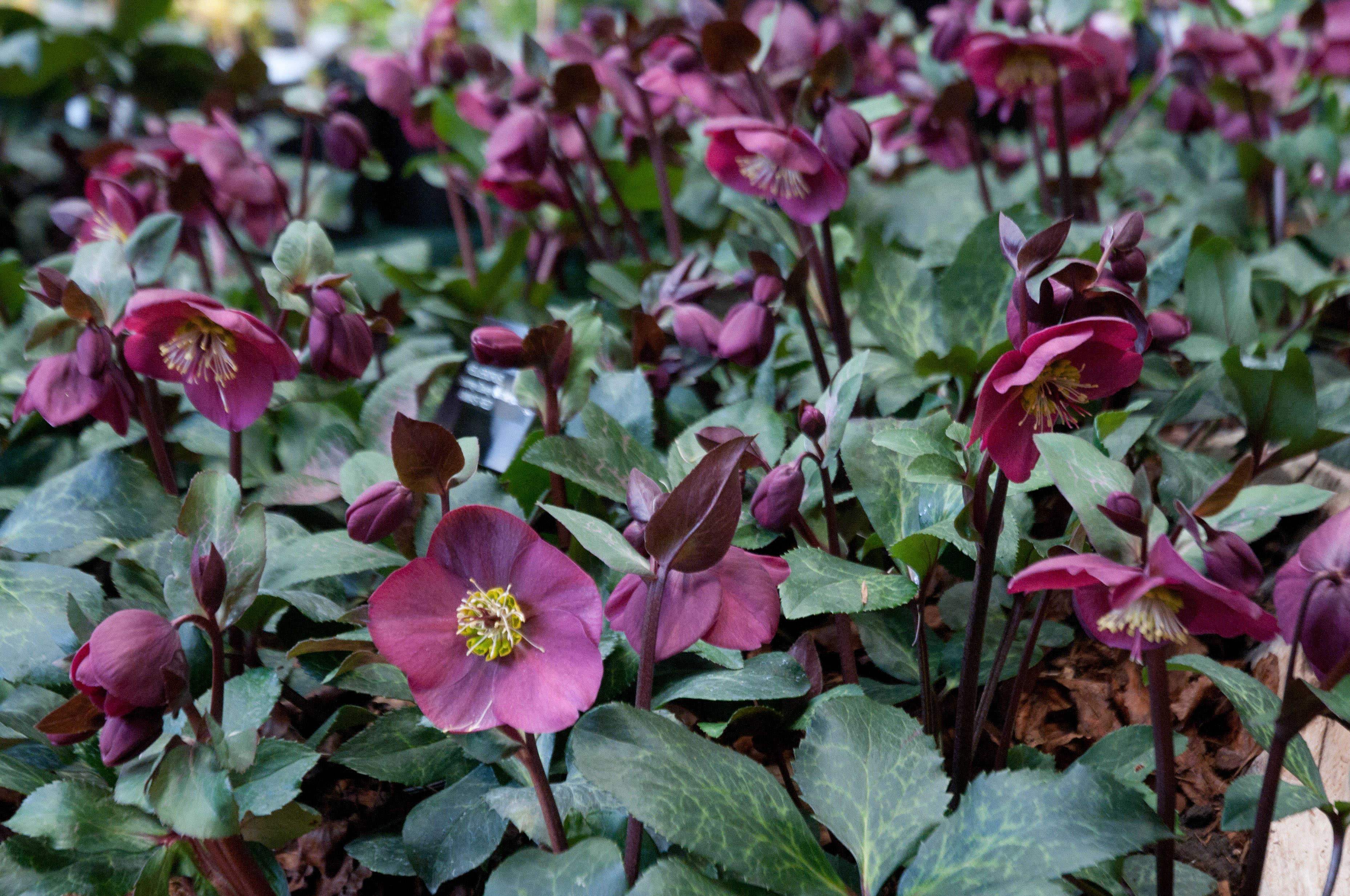
- Dahlia and Begonia tubers, and Gladioli bulbs, are all in store this month - plant now for a riot of summer colour
-
Begonias are one of the easiest summer flowers to grow. They are bright and cheerful and come in a range of colours and types to suit every situation. They are easy to grow and will give months of summer colour
- Lift and split Summer flowering perennial colour
- Plants which have overwintered in the ground can now be lifted and split, tidied up and replanted into freshly dug soil.
- Add in compost and sheep pellets and a handful of flowering slow release fertiliser.
- Roses
- If you haven't completed your rose pruning it is not too late but try to have it done as soon as possible this month.
- It is a good time to plant roses as it gives them time to settle and put on root and leaf growth before spring and summer flowering.
- Roses are now as popular as ever and are unsurpassed for summer colour and fragrance. There is a rose to suit every situation - groundcover, patio pots, covering walls and trellis, adding colour to the border year after year
- Now is a good time to prepare ground for sowing new lawns in September. Spray out any perennial weeds with Roundup, dig over and level ground, removing stones, roots, and other debris.
- Camellias that have finished flowering can be pruned back and fed with Tui Acid Plant Food
- A protective Copper based spray can be applied to deciduous trees and roses to reduce risk of fungal diseases over spring and summer months.
- Good soil preparation is the key this month, prior to spring planting.
- Dig soil over well, breaking down any clods.
- Add in lots of good organic compost.
- A dressing of lime can also be added now, especially in vegetable gardens. This gives the lime time to react before adding other fertilisers in the spring.
- Remember not to apply lime around plants which like 'acid' soil conditions - Camellias, Azaleas, Rhododendrons, Ericas."
The Edible Garden - August

- With spring just around the corner now is the time to start preparing the soil for planting out summer vegetables and fruits
- Dig soil over and apply generous quantities of good organic compost.
- Now is a good time to apply garden lime - refer to packaging for application rates
- Start sowing seeds in trays for spring planting - a light weight portable greenhouse is perfect for this
- Seed potatoes can be planted this month
- Potatoes grow best in a warm sunny position
- They prefer a free draining soil with lots of organic matter
- Make sure seed potatoes have a lot of good sprouts before planting
- Rhubarb - Nothing beats the taste of home grown rhubarb with your muesli or weet-bix for breakfast! Plant Rhubarb now, dig in lost of compost and sheep pellets.
- Rhubarb is planted by 'Crowns' which are available this month
- Rhubarb plants are heavy feeders so dig in plenty of top quality compost at planting time and follow up with general garden fertiliser at regular intervals through the year.
- Citrus trees can be planted now in milder climates
- Citrus are the most popular fruit tree for the home garden
- They like a warm, sunny position, and a free draining soil
- Feed is spring and autumn with a fruit tree and citrus fertiliser and water well in drier months
- Strawberries - Now's the time to be planting strawberries.
- Strawberries like good fertile soil so dig in lots of top quality compost before planting. A handful of Blood and Bone in the planting hole and a top dressing of general fertiliser will get them off to a flying start.
- Remember to water in well after planting.
- Strawberries look great in strawberry pots on the deck - easy picking in the summer!
- Vege Garden - still lots to do in the vegetable garden this month.
- Spinach, cabbage, winter lettuce, bok choy, should all be part of your winter garden.
- Broad beans are a great winter garden crop - plant seeds now into prepared soil. Provide some support as they do get reasonably tall (use twigs and small branches from your pruning in the garden).
- Broad beans are easy care and you will have delicious young beans in October / November.
- Shallots - sweeter than garlic, milder than onions. Great in stews and casseroles, or roasted whole. Shallots are easy to grow and take up little space in the garden
The Flower Garden - September
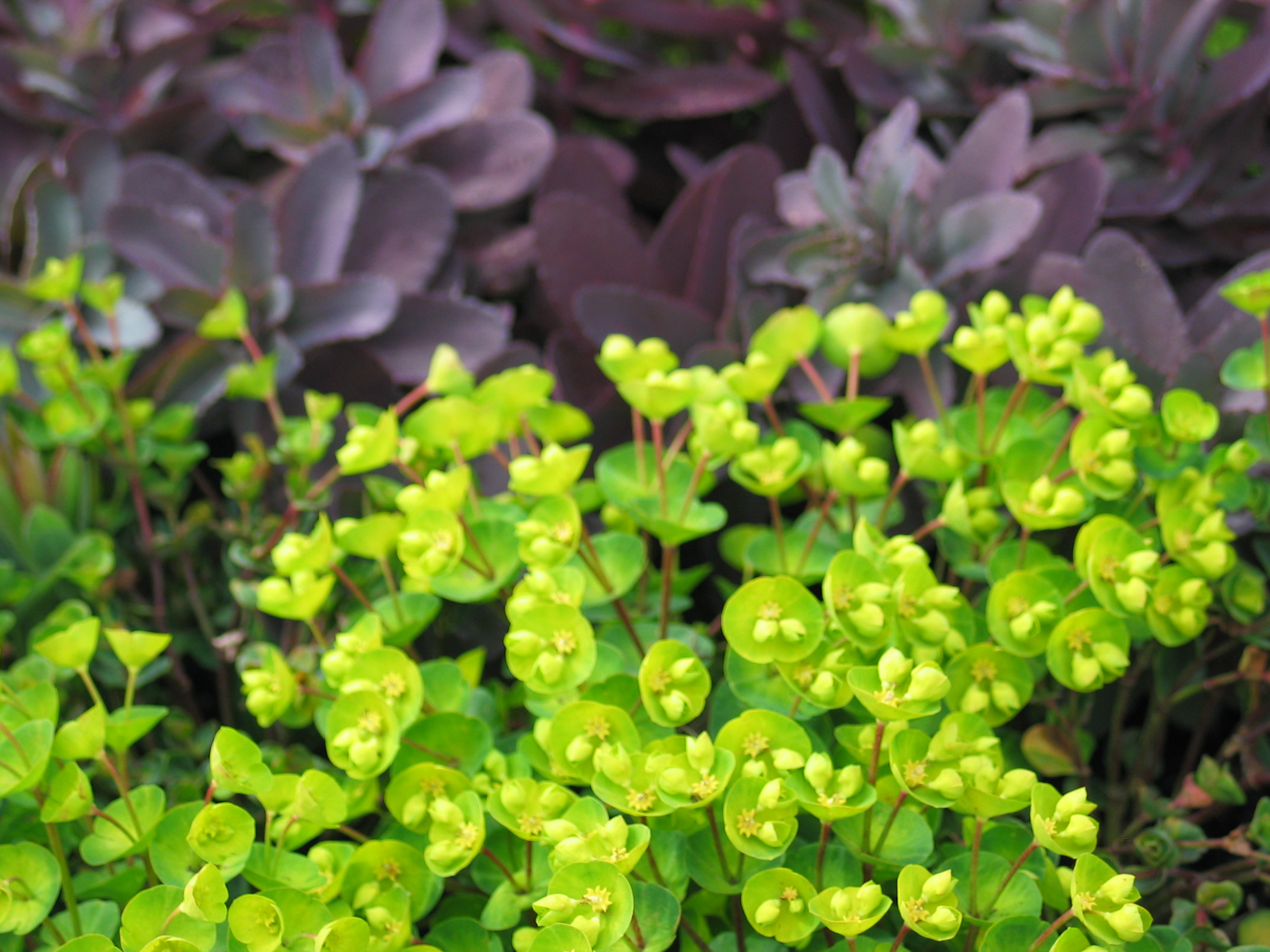
- There is still time to plant Dahlia and Begonia tubers for mid to late summer flowering.
- Gladioli bulbs should also be planted now
- Keep deadheading late winter/ early spring flowering annuals such a Primulas, Pansy, Cineraria, and feed with a liquid food such as iCan Fast Food - this will help prolong flowering and give you colour until summer annuals come to life.
- Seedlings of hardy summer flowering summer annuals can be planted out in the garden - Alyssum, Lobelia, Marigold, Nemesia, Sweet Pea.
- Choose and plant Camellias now while they are in flower and you can chose your preferred colour.
- Start feeding roses with Rose fertiliser - water well after feeding or feed after rain
- Sow new lawns this month. Good preparation is essential. Spray out any weeds with Roundup, then rake and level ground thoroughly. Remember to keep ground moist once you have sown the grass seed
- In existing lawns spray now with Yates Prickle Weedkiller to eradicate prickles before summer.
- Now is a good time to start cleaning up pots and hanging baskets in preparation for new planting. Throw out any old tired potting mix and start afresh for best results. Remember to add in some water storage crystals to minimise summer watering.
- Grasses make an interesting addition to the garden - they are easy care and as they sway in the breeze they add life and movement to the garden.
The Edible Garden - September
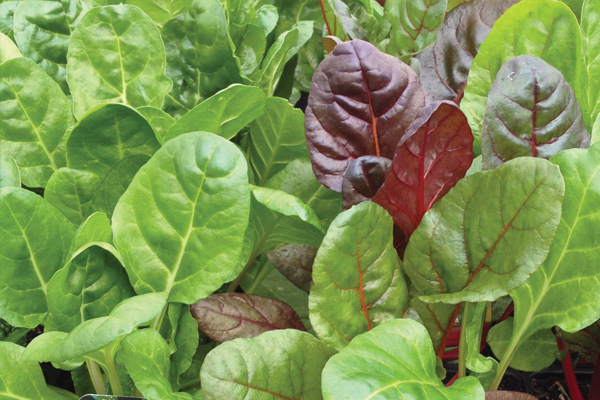
- With the temperatures warming up now is the perfect time to complete preparation of the vege garden.
- Dig soil over and break down any large clods - mix in lots of organic compost and sheep pellets
- In warmer areas seedlings of summer veges can be planted directly into the ground - lettuce, silverbeet, beetroot, cabbage, and courgette.
- Work in a general garden fertiliser at planting time.
- Peas can be sown direct into the garden this month
- Sow vege seeds in seed trays and peat pots to have young plants ready to plant out in October
- Citrus trees can be planted now - this will give them time to establish before the drier summer weather
- Make sure to put plenty of slug and snail bait around young plants
- Fresh young herb plants can be planted now.
The Flower Garden - October
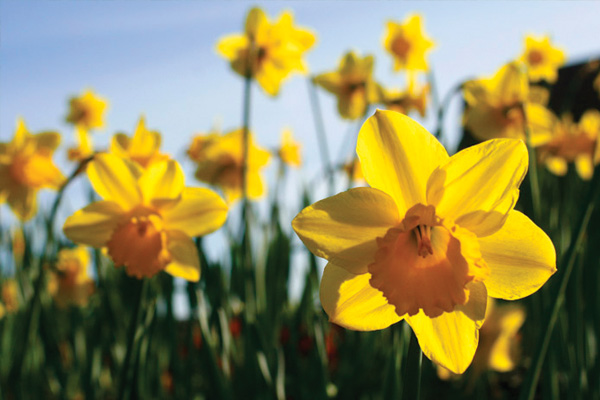
- Continue to plant out seedlings of summer flowering annuals, Also summer flowering bulbs such as dahlias, begonias, and calla lily.
- Plant up hanging baskets and pots - remember to add in some crystal rain water granules and Saturaid, to enable easier and less frequent watering through the summer. More on container gardening.
- Feed roses with a good quality rose food. Mulch roses and other flowering shrubs to conserve moisture.
- Spray roses with Spray roses with 'Combat 3 in 1 for Roses' or Growsafe Freeflo Copper to prevent fungus diseases and pest damage.
- Prune back spring flowering shrubs after flowering has stopped.
- Liquid feed annuals and perennial with iCan Fast Food.
- Now is a good time to install a home irrigation system before the warmer weather arrives.
- Spray lawns with Yates Turfix to eradicate nay broadleaf weeds. Feed with a slow release lawn fertiliser.
- Re-pot house plants - go one size larger, use fresh, mew potting mix and liquid feed weekly.
The Edible Garden - October
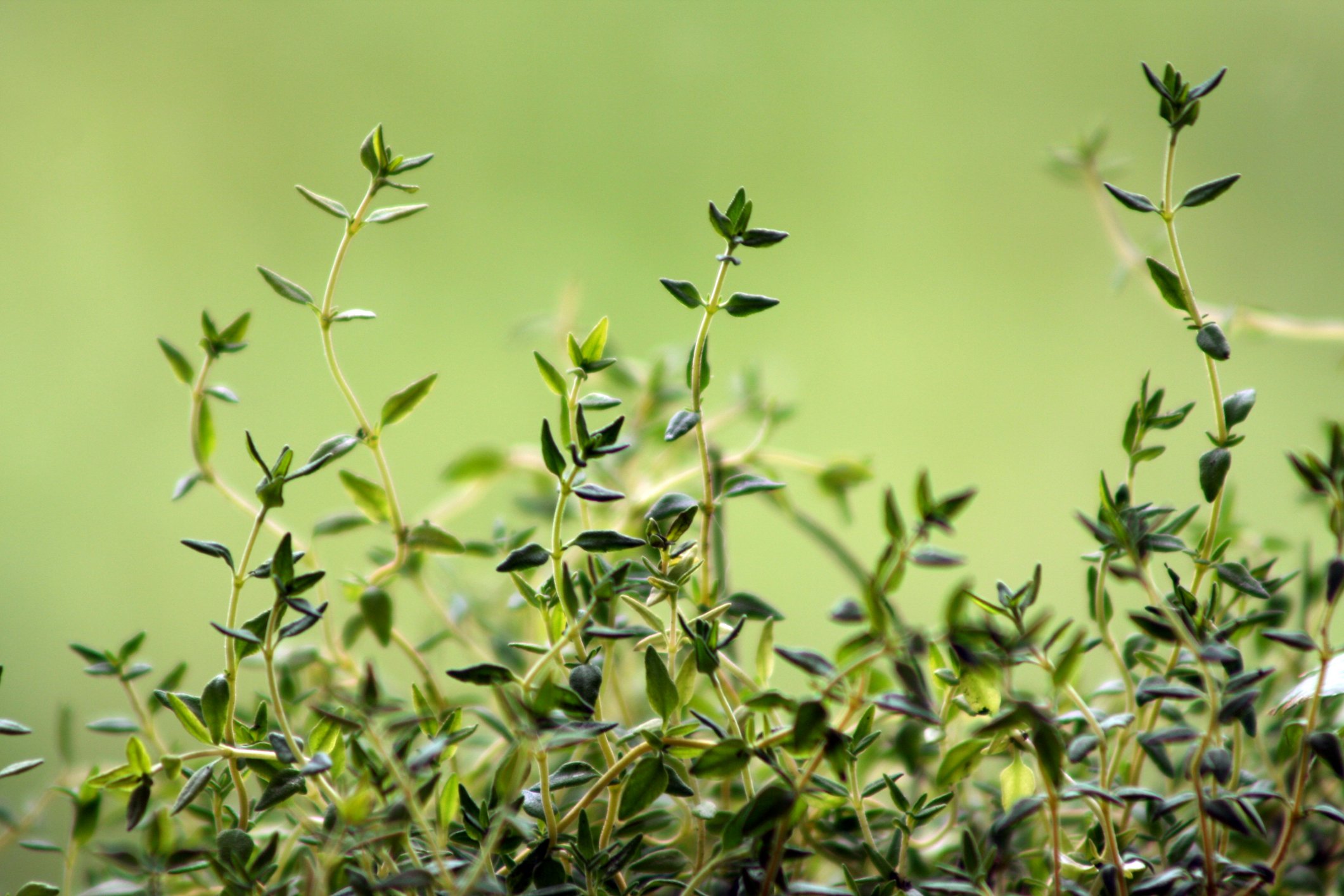
- October is a busy month in the vegetable garden. Good preparation done in August and September will now start to pay dividends.
- It is now warm enough to sow seeds directly into the ground - peas, beans, carrots, sweetcorn, silverbeet, beetroot, lettuce, cucumber, courgettes, pumpkins and tomatoes, can all be sown this month.
- October is also the perfect time to plants new plants of rhubarb, passionfruit, and tamarillos. Blueberries should also be planted now.
- Feed citrus trees this month with a good citrus and fruit tree fertiliser. Spread out to the drip line of the tree and water well after applying.
- Plant out fresh herb plants this month for summer use. Herbs do well in pots and baskets. It is a good idea to plant mint in a pot as it can be very invasive in the garden. More on herbs.
- October is also tomato month. Plant out tomato seedlings and be sure to stake taller varieties at time of planting. Water well with warm water, and when watering during the growing season be careful not to water the leaves and foliage of tomato plants. Feed tomato plants regularly with liquid tomato food.
The Flower Garden - November
- Plant fuchsias in shady parts of the garden that get dappled sunlight - they make a colourful summer display. Use lots of compost to get plants off to a good start.
- Fill pots and containers and hanging baskets with geraniums, cape daisies, impatiens, petunias, and calibrochoa, for bright, colourful summer displays.
- Continue planting annual summer flowers such as cosmos, marigold, lobelia, petunias, impatiens, alyssum and portulaca.
- Feed roses with Tui Rose Food and spray with 'Combat 3 in 1 for Roses' or Growsafe Freeflo Copper to control insects and diseases.
- Water pots and hanging baskets daily. Feed weekly with liquid food such as iCan Fast Food or a soluble plant food such as Phostrogen.
- Repot orchids that have finished flowering.
The Edible Garden - November

- This month keep sowing summer veges such as lettuce, beans, beetroot for a continuous supply over summer.
- Give established vege plants a side dressing of general fertiliser to keep growth active - remember to water well after feeding plants.
- Spray as necessary with Yates Mavrik to keep insect pests at bay while keeping bees safe.
- Plant Basil and tomatoes together - they are good companion plants.
- Main crop potatoes can be planted now.
- Keep feeding tomatoes regularly with liquid tomato food.
- Dust cabbage and cauliflower plants with Derris Dust to control white butterfly caterpillar.
The Flower Garden - December
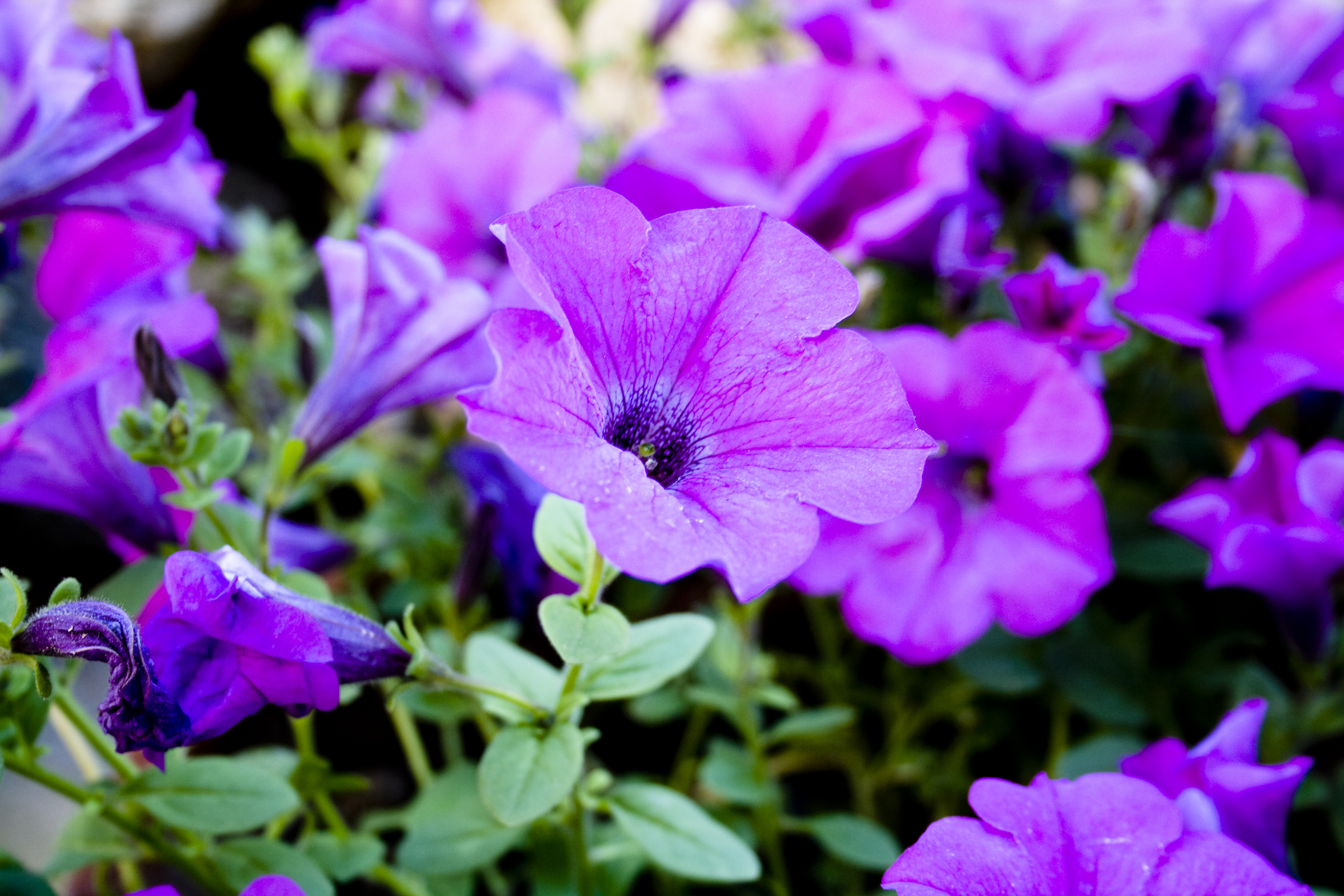
- There is still time to plant out some annuals or potted colour to have the garden looking a picture in time for Xmas - try alyssum, lobelia, petunia, zinnia, salvia, verbena, marigolds.
- Now is a good time to plant up pots and hanging baskets - the smaller flowered calibrachoa, and colourwave petunias are ideal for this.
- For shady spots in the garden try some of the new impatiens available now, or chose from one of the many Fuchsia varieties for a stunning Christmas display.
- Keep deadheading roses and water deeply to ensure a second flush of blooms.
- Trim back any flowering shrubs that have now finished - this will encourage new growth over summer for next year's flowers.
- Any spring flowering bulbs that have died off can now be lifted and stored in a cool dry place until planting out again in Jan or Feb.
- Mulch flower beds with compost or pea straw to conserve moisture and reduce the number of weed that may appear.
- Don't forget your indoor houseplants either - this warmer weather will be stimulating them into growth - you can help them along with a weekly dose of a liquid or soluble plant food such as Phostrogen. For those of you who are time poor a teaspoon of slow release fertiliser such as Osmocote or Acticote will keep them happy for 3-6 months - what could be easier?
The Edible Garden - December
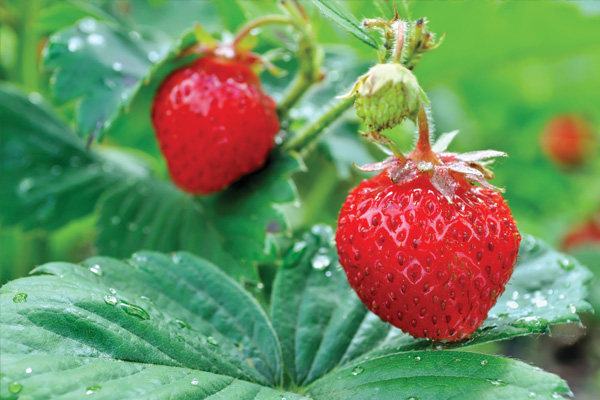
- December is the month when things really get going in the vegetable garden and you will start to see some of the rewards for all the hard digging and prep work you put in earlier.
- The main tasks for this month are watering, feeding, continued planting of seedlings, and maybe a touch of spraying if necessary.
- When watering focus the water on the ground and roots of your plants, rather than spraying water all over the foliage. This will help prevent the spread of fungus diseases and will ensure plants get the water they need. A soaker hose is ideal for watering the vege garden. Remember a good soaking every 2-3 days is more beneficial than a daily light sprinkling.
- Side dress fast growing green veges with some Sulphate of Ammonia - this will stimulate some good leaf growth on lettuces, spinach, silver beet. For veges which are produced from flowers such as tomatoes, peppers, courgettes, a weekly feed of liquid tomato food or Thrive Flower and Fruit will produce a better crop.
- Continue planting seedlings of lettuces, beans, courgettes, cucumbers, radishes, beetroot, tomatoes, sweet corn.
- This is a good month to plant out rock melons, water melons, pumpkins - all of these love the warmer weather.
- Keep pinching back lateral side shoots on tomatoes so that all their energy goes into producing 'fruit' and not stems and leaves. Pick courgettes daily as they start to come on otherwise they will get too big very quickly and the plant will stop producing more flowers.
- In more humid climates you may notice a touch of mildew or other fungal disease creeping in to the vege patch. React early and a quick spray with Yates Fungus Fighter should get these under control quickly. If problems persist, try spraying with Bravo. Healthy, well fed and watered plants are much more resistant to bugs and diseases so make this your first priority.
- Any bugs can be controlled with Mavrik, or if caterpillars persist knock them on the head with a dose of Success Naturalyte.





